Guide to distinguish organic fertilizers
Organic fertilizers play an important role in improving the soil and adding nutrients to plants.
Organic fertilizers play an important role in improving the soil and adding nutrients to plants. In addition, because of its safety in use, this fertilizer is being prioritized for widespread agricultural use. With the development of biotechnology, many types of organic fertilizers have been produced that are different in terms of raw materials and treatment methods. You should learn carefully before using it to have the right way to use it
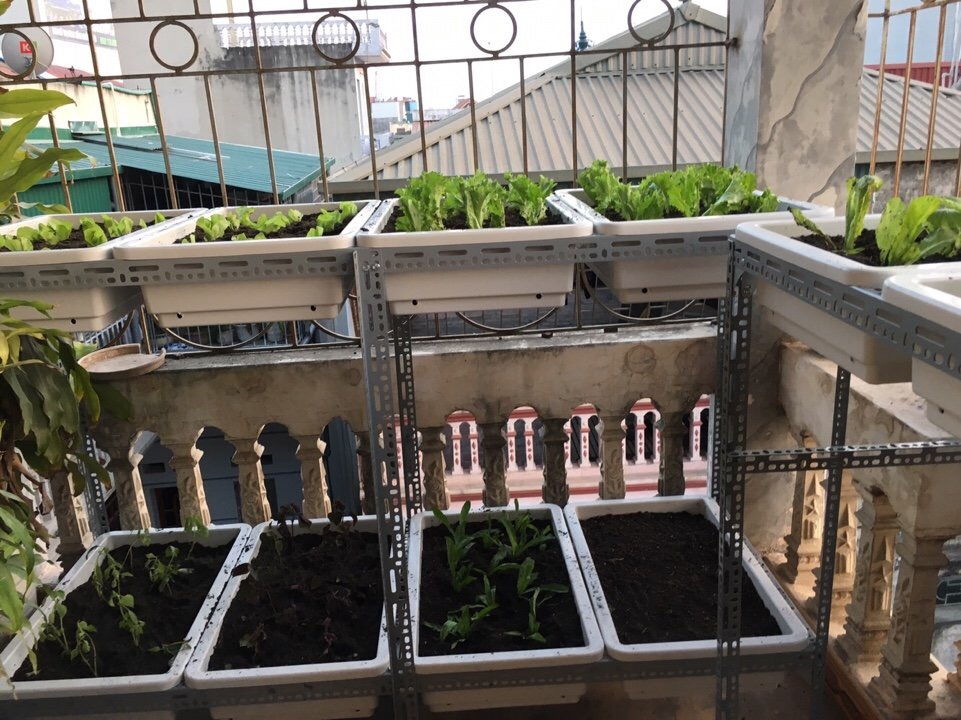
Organic fertilizers are fertilizers produced from organic raw materials.
1. Traditional organic fertilizers: manure, green manure, garbage...
- Traditional materials: animal waste, agricultural waste, green manure (strawberry water lily, legume stalks)...
- Traditional treatment: composting items
- Role: provide food for plants, add organic matter to the soil to help the soil be loose, increase fertility, increase the efficiency of chemical fertilizer use...
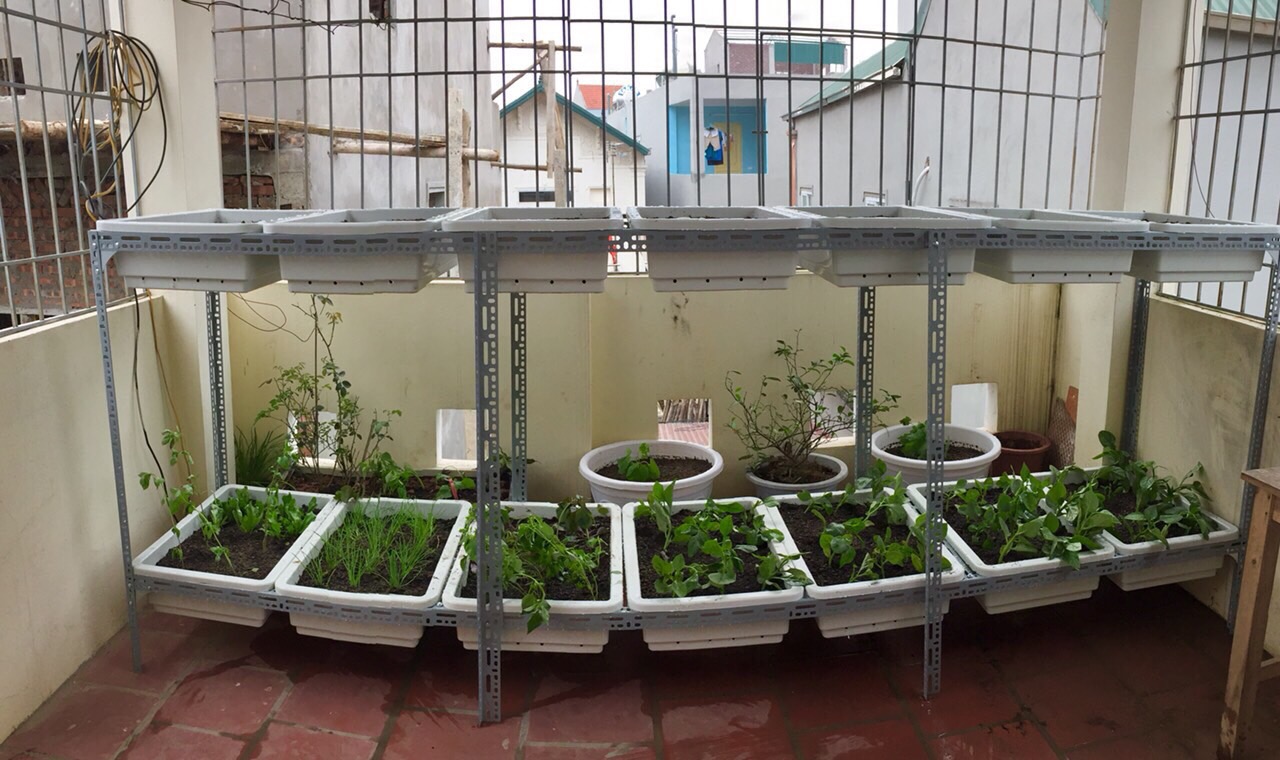
- Use:
- Mainly used as a primer when making soil or before planting.
- Fertilize in rows, in holes, in holes or spread on the ground and then plowed down.
- The amount of fertilizer will depend on the nutritional needs of the plant more or less, the type of soil is good or bad and the quality of the fertilizer.
- If the fertilizer is of good quality, apply less, if the fertilizer has low nutrient content, apply more.
- For manure, apply from 0.5-2 tons/hectare.
- For green manure, plowed into the soil when the plants flower and when tilling.
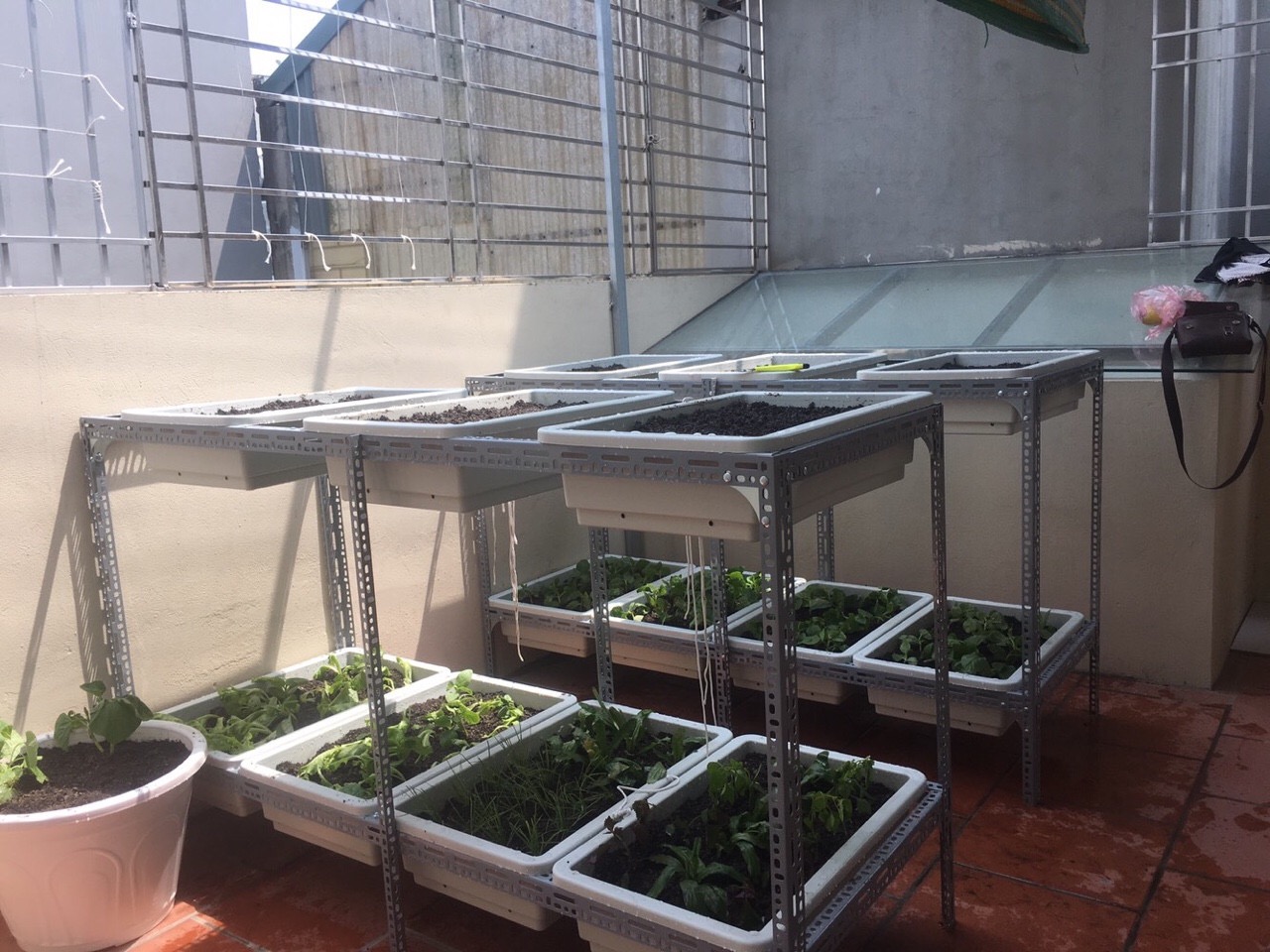
2. Bio-organic fertilizers
Industrial raw materials, with the participation of 1 or more beneficial microorganisms
- Processing: industrial fermentation process
- Role: Create conditions for microorganisms in the soil to grow. Provides extra food for the microorganisms present in the soil, so the microorganisms grow quickly and the earthworms thrive
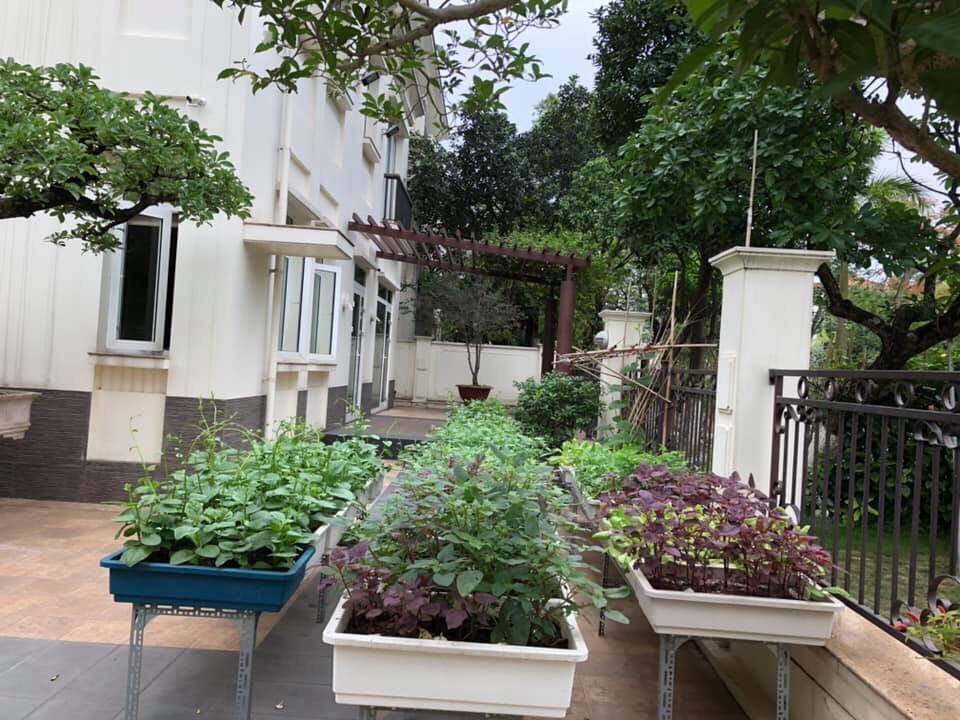
- Use:
- Can be used for both priming or top dressing
- Can be sprayed on leaves or applied root
- Apply in rows, in holes or spread evenly on the ground, then plowing, fertilizing when making soil or before planting.
- Fertilize in width or around the canopy,
- For perennial plants: dig trenches to fertilize or spread evenly on the ground
- For short-term plants: fertilizing is the main thing, top dressing should be applied early to achieve higher efficiency
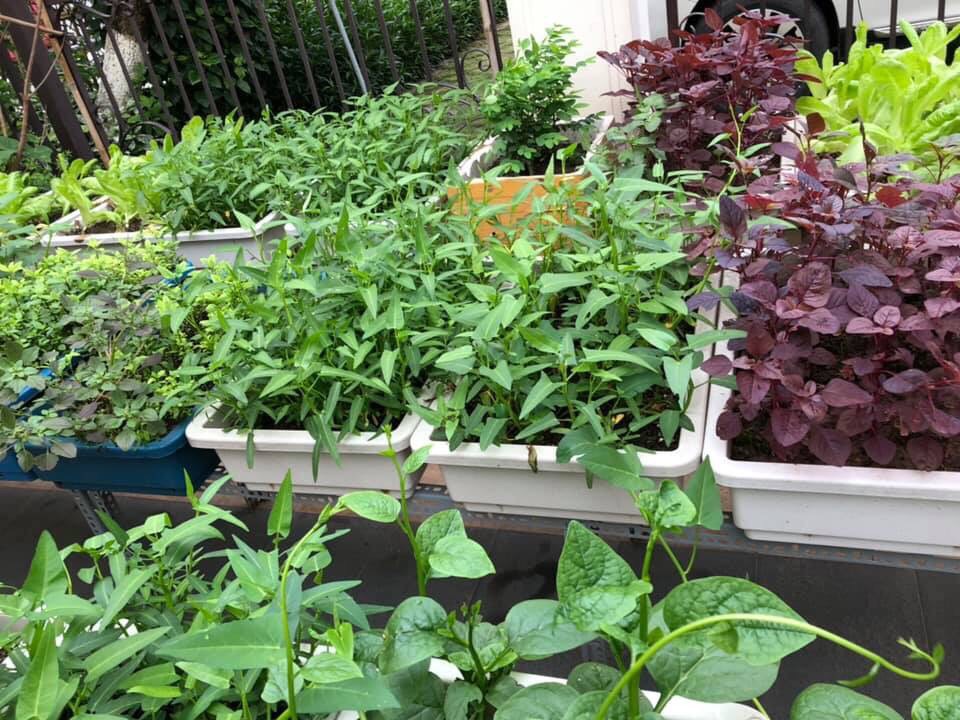
3. Microbiological organic fertilizer
Industrial raw materials, with the participation of 1 or more beneficial microorganisms. These microorganisms can be alive and active when applied to the soil
- Processing: industrial fermentation process
- Role: Land improvement
- Use: like bio-organic fertilizer
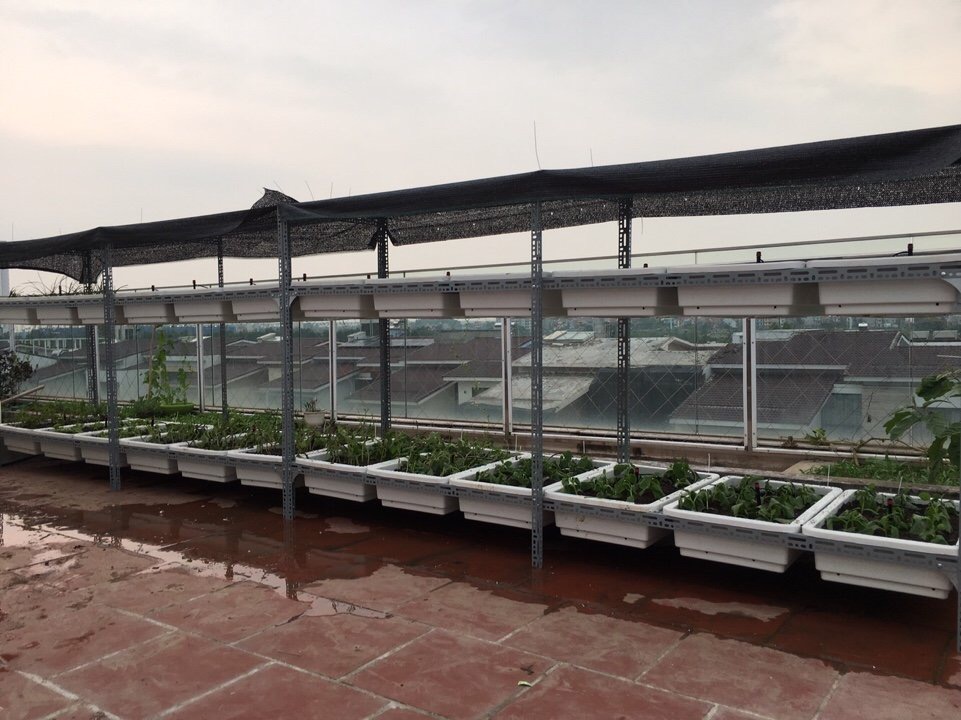
4. Mineral organic fertilizers
Raw materials: bio-organic fertilizers mixed with inorganic fertilizers (organic ingredients must reach 15% or more)
- Use:
Used to fertilize is the main. The method of fertilizing is similar to bio-organic fertilizer, which is to fertilize around the canopy with perennial plants, in rows in hollows with short-term plants. The disadvantage is that excessive fertilization is not beneficial to the soil microflora.
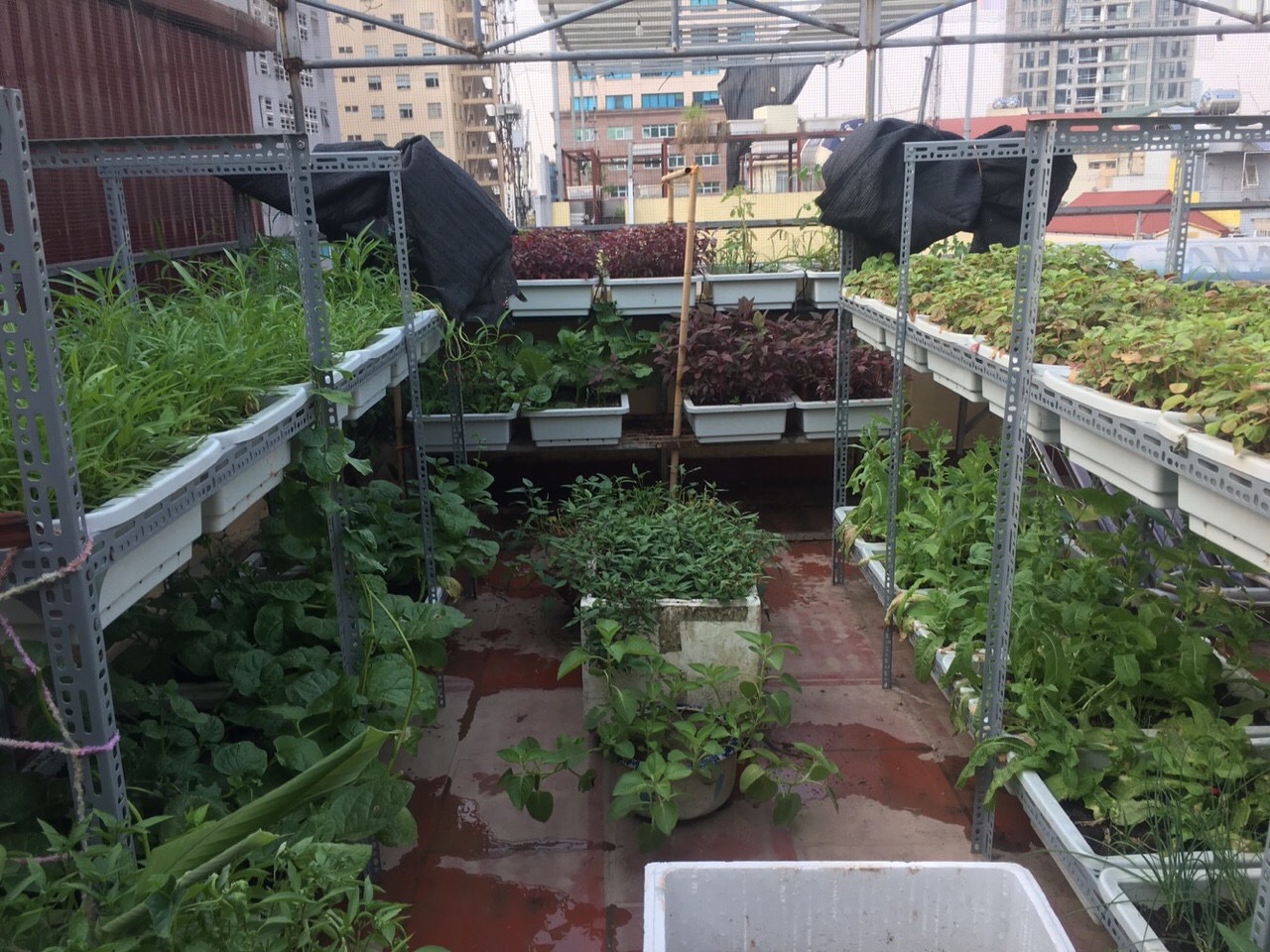
Attention:
When using bio-organic fertilizers, microorganisms should not use pesticides, chemical fertilizers to achieve high fertilizer efficiency. After fertilizing, it is necessary to keep the appropriate moisture for microorganisms to operate and grow.












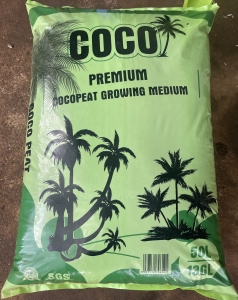
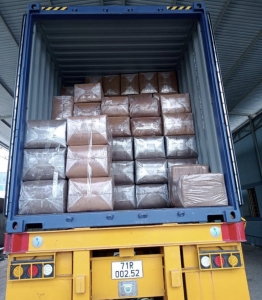
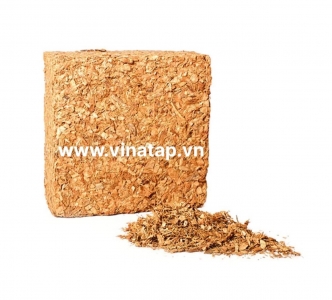
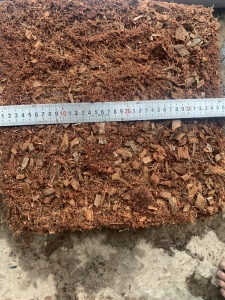
 Online: 31
Online: 31
 Total access: 4431004
Total access: 4431004